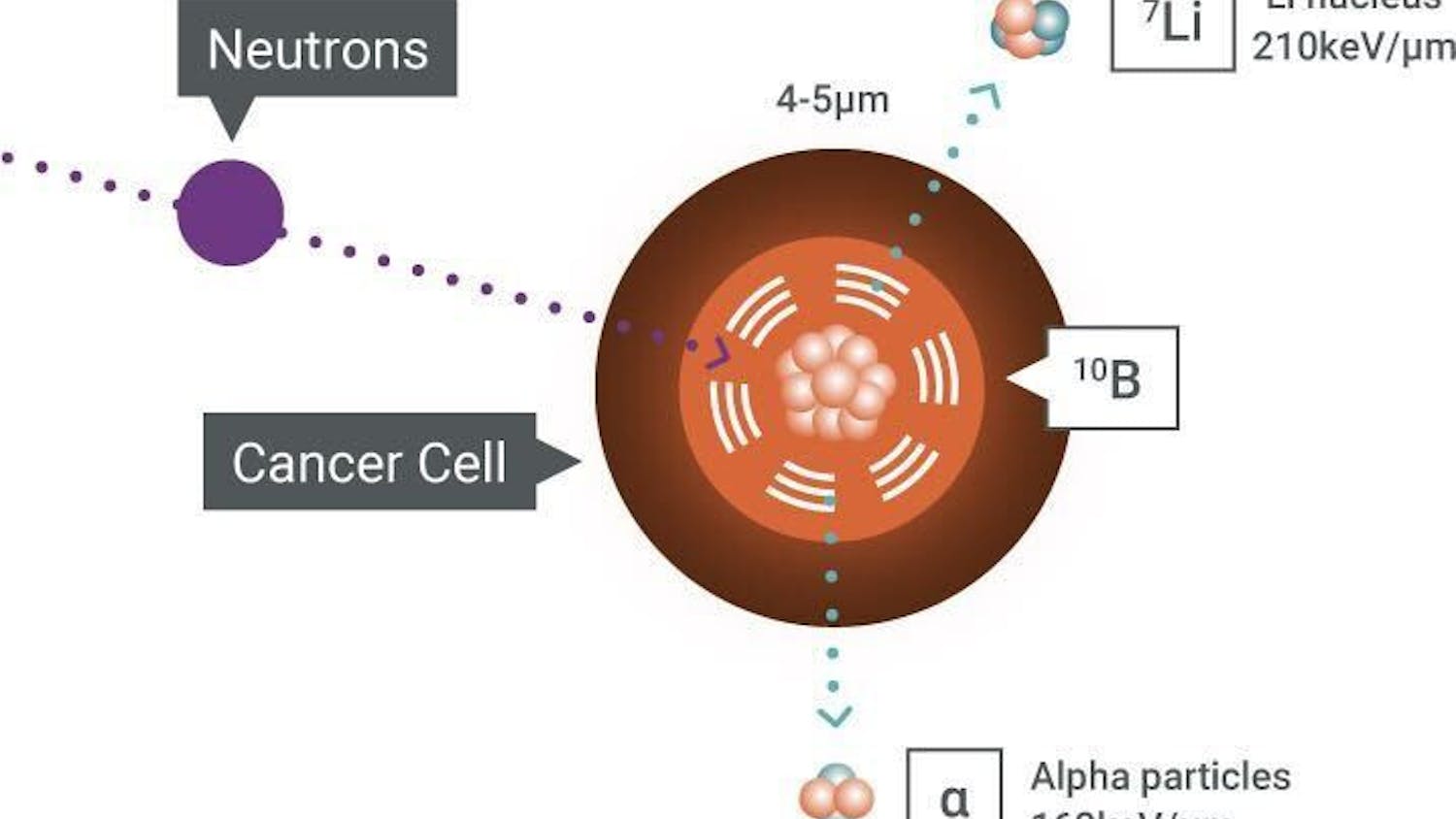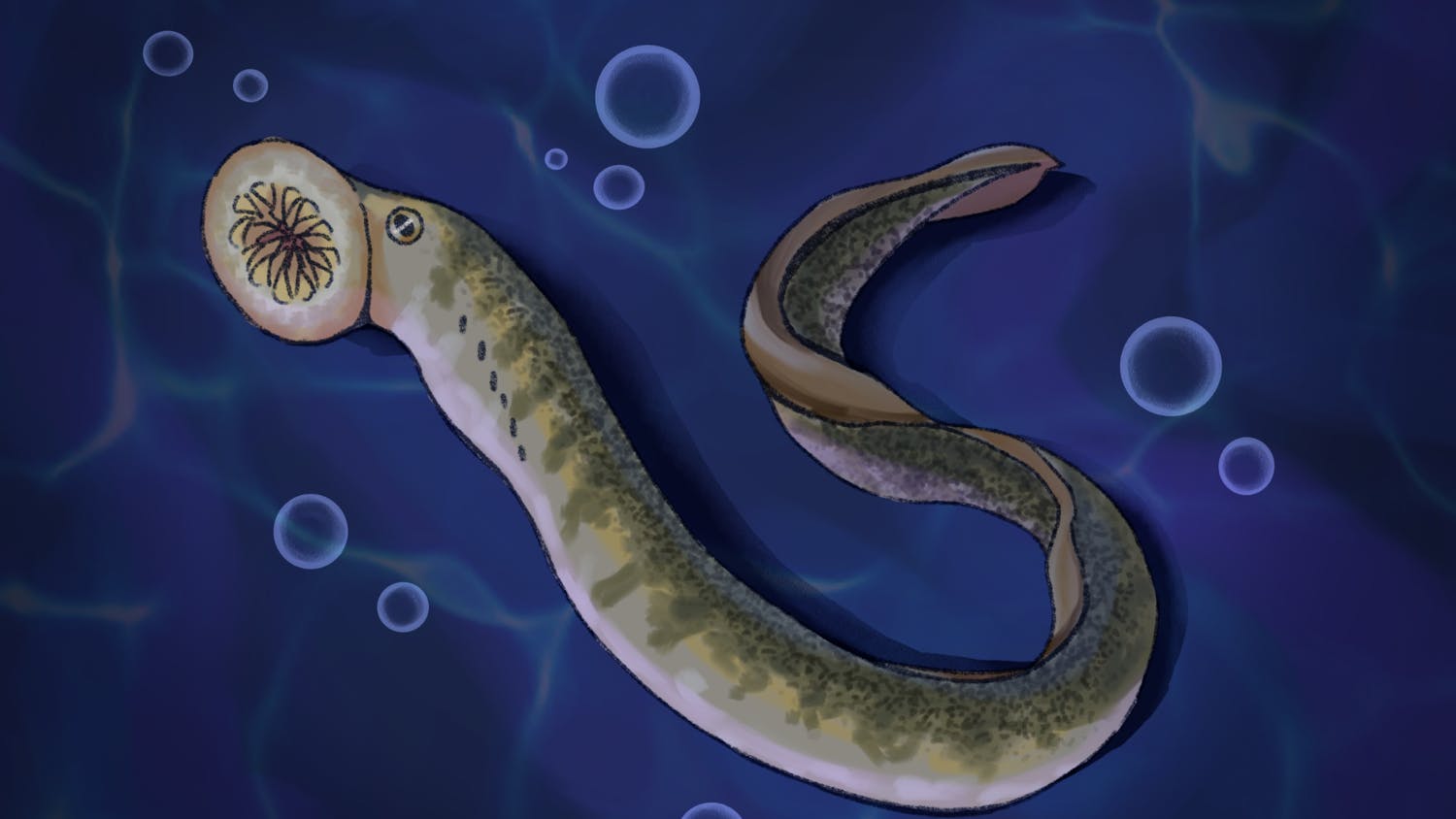Conservation is at the forefront of the challenges we are addressing as we move forward into the future. Everywhere we look, there’s a new study highlighting the need to conserve a particular species or region of the planet.
As the human population grows, our ability to conserve land and resources becomes harder and harder. For this reason, it's imperative we understand what conservation truly entails. It's commonly understood that the basis of conservation centers around the protection of the natural world, but as we dig deeper into the topic, it can often become nebulous and hard to decipher.
National Geographic describes conservation as “the act of protecting Earth’s natural resources for current and future generations.” These resources include air, water and soil, as well as the wild flora and fauna that make up Earth’s biodiversity.
Since conservation encompasses such a wide range of issues, there are a wide range of conservation efforts to meet the challenges. Some of these efforts include habitat protection, endangered species watch lists and carbon use mitigation to curb the effects of climate change.
While all conservation efforts may have good intentions, there may be differences in the level of impact each effort has. Some are far more effective than others, and some deal with more urgent issues. As we move toward a more sustainable future, conservation efforts must be looked at under the lens of how effective they are and how urgent the issue is. Determining these factors gives us a methodical approach that could save time and resource investment.
This is better understood by looking at a tangible example which highlights the intricacies that can come with conservation efforts. There are many possible instances to explore, but conservation from the perspective of fungal pathogens is becoming more prevalent and increasingly affecting Earth’s biodiversity.
Dr. Matthew Fisher and his team in the Department of Infectious Disease Epidemiology at Imperial College London found emerging fungal diseases in both plants and animals have been on the rise since the late 1990s. Some of these diseases have led to widespread declines in infected host populations, such as Pseudogymnoascus destructans, the fungus causing white nose syndrome in bat populations across North America. This pathogen has resulted in an alarming 60% to 98% population decline in some species of bats, according to a 2015 study at the University of California, Santa Cruz.
To help conserve global biodiversity, it’s important to research these pathogens and find ways to mitigate them. But how do we go about mitigating their effects?
The answer seems simple on the surface. If we understand how to control fungal pathogen outbreaks, we mitigate their effect on biodiversity and conserve an important part of our world. But upon closer examination, determining which species of fungi are most threatening to our biodiversity and which ones we can effectively mitigate becomes a painstakingly arduous challenge.
The first step in deciphering between fungal pathogens is dividing them into two categories: pathogens that infect plants versus pathogens that infect animals.
Fungal pathogens that infect plants are considered an urgent issue, and for good reason. Fisher and his team estimated plant-infecting fungi destroy enough crops to feed around 600 million people annually. Plant-infecting fungi are considered high priority in pathogenic research, as mitigating their effects could lead to saving resources, time and human lives. For this reason, curbing the effects of plant-infecting fungi has been a high priority for quite a long time.
However, fungal pathogens that infect animals are often overlooked. Historically, issues that arise from animal-infecting fungi go largely unnoticed, leading to an underestimation of their impact. While this attitude has begun to change as research has started to uncover the challenges and potential impacts of these pathogens, understanding these impacts includes looking at the pathogenic species, the host and the environment they inhabit as an interconnected system.
Together, the host, environment and pathogen are commonly called the disease triad. Each factor and how they interact are important in understanding disease dynamics.
The host factor includes variables that impact the level of host susceptibility. Variables like age and pre-existing health conditions determine how susceptible the host is to a pathogen. For example, older dogs are at a high risk of contracting mange, a skin disease caused by mites.
Next, the environment is considered a factor because its constant fluctuations and changes can influence host-pathogen interactions. Variables like seasonality and weather patterns can potentially exacerbate infections or even facilitate recovery. For example, influenza is more prominent during the winter than it is in the summer due to its ability to persist in colder air temperatures for longer periods of time.
The final factor of the disease triad is the pathogen itself. Variables such as transmission method, infection severity and resistance to treatments play an important role in determining the severity of impact a pathogen can have.
When considering the disease triad, it is important to distinguish the pathogen as either primary or secondary.
A primary pathogen is a disease-causing agent able to establish an infection in a healthy host regardless of the environmental conditions. It is likely highly infectious and aggressive.
In contrast, secondary pathogens — often called opportunistic pathogens — have a more complex relationship with the environment and the host because their ability to infect relies on both host and environmental conditions. Secondary pathogens will not establish an infection without the assistance of other factors, such as whether or not a host is immunocompromised.
Think of a primary pathogen as a burglar and a secondary pathogen as a looter. A burglar will rob and damage a house without caring much about the people who occupy the house and the neighborhood the house is in. The looter, on the other hand, won’t enter a house unless riots or some other outside distraction is occurring. Like a burglar, a primary pathogen is barely influenced by the host or the environment, whereas the secondary pathogen will take advantage of an opportunity under the right host and environmental circumstances.
Understanding disease dynamics and the impact they can have on entire ecosystems is critical for making informed decisions. Still, researchers often lack an initial base of knowledge on the background of animal-infecting fungi. When there is this knowledge, it often comes after the given fungus has already decimated a population. For example, researchers didn’t even know what Pseudogymnoascus destructans was until a routine screen of bats in New York revealed mass population loss.
Savannah Gentry, a doctoral student at the University of Wisconsin-Madison in the Pringle Laboratory — a lab investigating fungi of all kinds — understands the desperate lack of animal-infecting fungal knowledge more than most. Her work focuses on addressing this gap in knowledge by researching fungi that infect reptiles.
One species she has studied is a fungus called Nannizziopsis guarroi, which causes yellow fungus disease (YFD) in captive lizard species like bearded dragons, green iguanas and chameleons.
For over 25 years, N. guarroi has been commonly associated with YFD in veterinary clinical reports, according to Gentry. However, she believes there is limited experimental research to back up this association.
In 2021, Gentry and her collaborators used a well-established method called Koch’s Postulates to give empirical evidence that N. guarroi is the major cause of YFD in bearded dragons. This research is a vital step in regards to conservation as it lays the foundational knowledge needed to understand the potential impact of YFD on lizard populations.
Furthermore, their research provided evidence that N. guarroi is a primary pathogen, heightening concerns about its impact on susceptible species. Because little is known about the nature of the pathogen, there is a need for more research on the pathogen as a means of preventing a potential large-scale loss of biodiversity.
Although we do not know exactly how N. guarroi will interact with its environment, we can use data from other animal-infecting fungi to infer potential implications.
Currently, there is no confirmation of N. guarroi infecting wild lizard populations. Still, the potential for spillover exists. In 2020, Nicola Peterson and her team at the University of the Sunshine Coast, Australia, found a related species of Nannizziopsis, N. barbatae, in wild lizard populations, raising concerns about the spillover of other Nannizziopsis species from captive into wild populations.
Other fungal pathogens like Batrachochytrium dendrobatidis give us concrete examples of serious population loss when spillover does occur. Batrachochytrium dendrobatidis is the species responsible for the fatal skin disease chytridiomycosis, infecting amphibians across the globe. In an article published in Science, Ben Scheele, a researcher at Australian National University, estimated B. dendrobatidis has impacted at least 501 species of amphibians and resulted in 90 extinctions. The devastation to amphibians and, ultimately, global biodiversity is incalculable. These statistics make B. dendrobatidis the cause of the greatest loss in biodiversity by a pathogen ever recorded.
This doesn’t mean N. guarroi will follow B. dendrobatidis down the path of destruction, but it is a grim reminder that it’s possible for a fungal species to cause widespread harm. This is reason enough to take the necessary precautions to keep the devastation from occurring.
These animal-infecting fungi can become a large challenge for conservation as they directly threaten the biodiversity of our beloved ecosystems. Gentry believes we can potentially mitigate issues before they snowball and reach the magnitude of devastation B. dendrobatidis has reached if we are proactive in our research of animal-infecting fungal diseases. Furthermore, putting in the time to understand the fungal species allows us to see where we need to put our efforts to mitigate issues efficiently.
Without a basis of knowledge, conservation efforts would see minimal effectiveness. There are plenty of issues in the realm of conservation that need to be addressed, so it is imperative we address them using a methodical approach that maximizes time and resource efficiency.
We can make educated guesses as to what issues are more urgent than others and act accordingly. These decisions can be difficult to make. But, as we gather more knowledge, our decisions will be more informed.
As for fungal pathogens, hard decisions can and have been made. When it comes to B. dendrobatidis, mitigation efforts will see little effect as it has already been allowed to spiral into catastrophe. This fungal disease has checked the box of being a very urgent conservation issue, yet no effort has proven to effectively deal with the damage this pathogen causes.
Does this mean we give up trying to slow its progression? Absolutely not. However, there’s a point at which we cut our losses and focus our attention on preventing catastrophes from occurring altogether.
Cutthroat decision-making can be seen throughout conservation, and it is important to understand this fact. Having a vague idea of the complexities of conservation allows us, the public, to analyze conservation efforts more thoroughly. If you want to dedicate your time or money to one of these organizations, be sure to do substantial research into the impact they can make.






